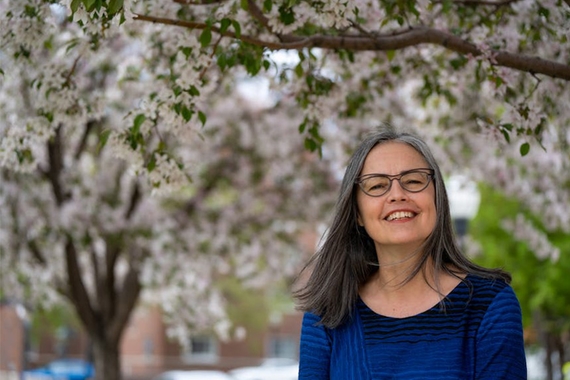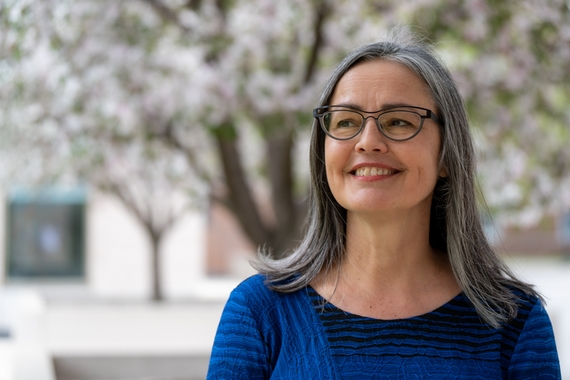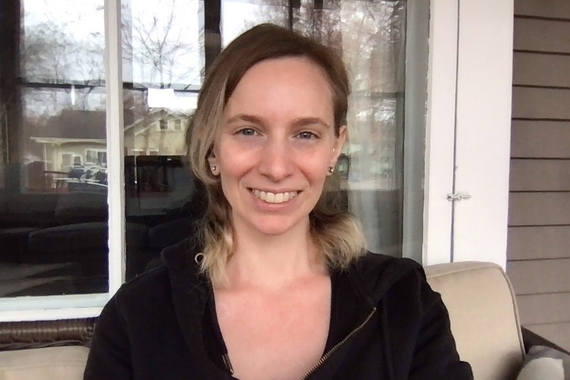Gunky Continua and Mathematical Structures
What is mathematics and why does it apply to the physical world so successfully? Are the lines, planes, and intervals of mathematics composed of points, or are there other ways of conceiving of these objects?
According to Professor Geoffrey Hellman, who specializes in the philosophy of mathematics, questions like these have always posed problems for the discipline of mathematics. In two new books, co-authored with Stewart Shapiro of The Ohio State University, Hellman takes on these and other questions, seeking to clarify what is at stake in the various answers one might offer to them.
Mathematical Structuralisms
Hellman and Shapiro have been close colleagues for a long time. “We exchanged a lot of ideas over the years,” says Hellman. “Especially over the development of mathematical structuralism.” Hellman and Shapiro devoted one of their new books to this topic. Due for publication by Cambridge University Press this year as the latest installment in the Cambridge Elements Series, Perspectives on Mathematical Structure seeks to explain and compare the various conceptions of mathematical structuralism.
In the philosophy of mathematics, structuralism is the view that the discipline of mathematics concerns itself with the structures of systems, where a system is a collection of objects with certain relations among them. A family, for example, is a system whose objects are people with genealogical and marital relations. The structure of a family comes into view when we abstract away from the features of these people that don’t bear on the genealogical and marital connections. According to structuralists, it is these structures that mathematics studies. “The theme of structuralism,” as Hellman and Shapiro explain in their book, “is that what matters to a mathematical theory is not the internal nature of its objects—numbers, functions, points, regions, sets, etc.—but how those objects relate to each other.”
Structuralism not only provides an account of what mathematics is—the study of structures—but also a straightforward account of why mathematics is so successful in its applications to the physical world. Since mathematics studies structures, and structures are just the abstract forms of collections of objects bearing certain relations to each other, it shouldn’t be too surprising that mathematics can help us understand the physical world, as the physical world consists of objects that relate to each other in certain ways.
Continua, Points, and Gunk
The second book, Varieties of Continua: From Regions to Points and Back, published by Oxford University Press this spring, considers a more specific problem: the nature of continua. Continuous processes, Hellman points out, are ubiquitous in the physical world. He gives the example of streams constantly flowing. But how to formalize this kind of continuity in the language of mathematics has always been a topic of debate. “In mathematics, it turns out that there are lots of different ways of making these ideas of continuous phenomena mathematically precise,” Hellman explains. “And there’s a remarkable history about all of this, going all the way back to Aristotle.”
Aristotle, Hellman points out, believed that a true continuum, such as a segment of the real number line, could not consist entirely of points. Rather, continua are composed of infinitely divisible regions, with points existing only as the endpoints of intervals. This Aristotelian view was the dominant one in philosophy and mathematics until the nineteenth century when the mathematicians Dedekind and Cantor discovered that the notion of a continuum composed entirely of points could rest on firm, rigorous foundations. “The Dedekind-Cantor conceptual revolution was really an overthrow of previous mathematical and philosophical history overnight,” says Hellman.
However, in the mid-twentieth century there were attempts, by Whitehead and Tarski, among others, to return to the Aristotelian conception of the continuum as composed of regions rather than points. Hellman points out that these efforts remained incomplete or were otherwise inadequate. “We had this ambition of completing Tarski’s project,” explains Hellman. “Working it out in full detail according to modern standards of mathematical rigor.”
In Varieties of Continua, Hellman and Shapiro do exactly that, providing a “semi-Aristotelian,” regions-based (as opposed to points-based, or punctiform) theory of continua. Hellman and Shapiro call such continua “gunky” because they are composed of infinitely divisible regions, from which one can never get down to the level of individual points.
Perspectives on Mathematical Structure and Varieties of Continua highlight fundamental questions about mathematics and the various tradeoffs involved in choosing one or another answer to these questions. This might sound odd to those who think of mathematics as a rigid discipline where there is only a single correct answer. But as Hellman explains, “It really goes against the history of our subject to think that everything is cut-and-dried and that there is only one right answer. Even in mathematics, there are, in fact, multiple ways of conceiving of things, each with its own pros and cons. And identifying and assessing these tradeoffs is what makes the philosophy and logical foundations of mathematics so important.”
This story was written by an undergraduate student account executive in CLAgency. Meet the team.



